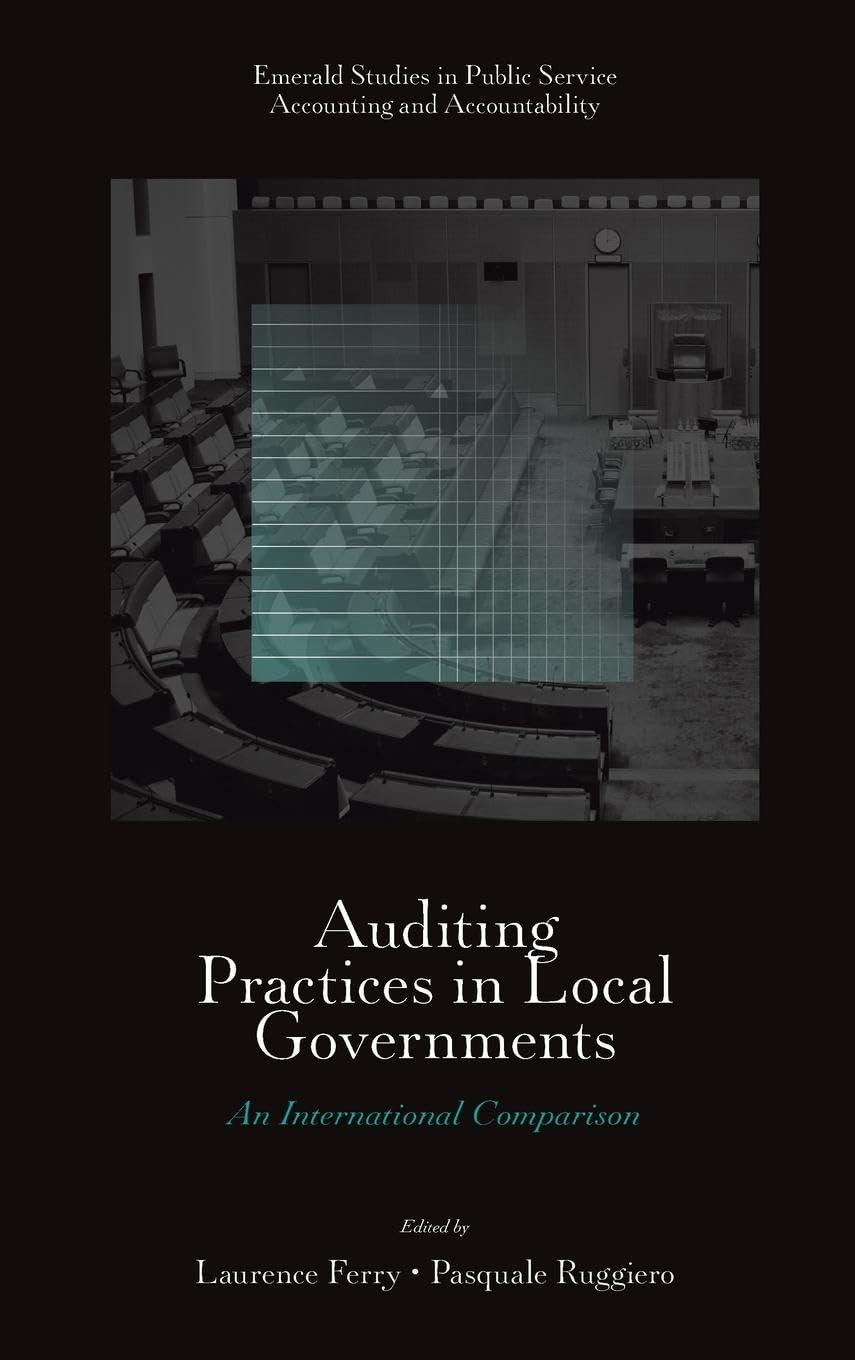





The following are the balance sheet and consolidated statement of earnings of The Home Depot, Inc. THE HOME DEPOT, INC. CONSOLIDATED BALANCE SHEETS February 3, 2019 January 28, 2018 January 29, 2017 1,243 986 10,768 1,208 14, 205 26,321 1,137 401 $ 42,064 $ 1,330 980 10,248 1,323 13,881 25,635 1,177 238 $ 40,931 $ 1,487 2,148 12,634 599 16,868 21,823 2,082 1,234 42,007 Assets Current Assets: Cash and Cash Equivalents Receivables, net Merchandise Inventories Other Current Assets Total Current Assets Net Property and Equipment Goodwill Other Assets Total Assets Liabilities and stockholders' equity Current Liabilities: Short-Term Debt Accounts Payable Accrued Salaries and Related Expenses Sales Taxes Payable Deferred Revenue Income Taxes Payable Current Installments of Long-Term Debt Other Accrued Expenses Total Current Liabilities Long-Term Debt, excluding current installments Deferred Income Taxes Other Long-Term Liabilities Total Liabilities $ 550 4,814 1,121 319 1,155 272 1,753 1,635 11,619 9,665 $ 390 5,433 1,257 346 1,143 107 1,012 1,584 11,272 8,656 319 2, 126 23,197 $ 810 6,800 1,384 508 1,569 28 392 2,200 13,691 8,981 296 1,755 25,996 352 2,191 24,630 Common stock, par value $0.05; authorized: 10,000 shares; issued: 1,660 at February 3, 2019, 1,680 shares at January 28, 2018 and 1,720 shares at January 29, 2017; outstanding: 1,295 shares at February 3, 2019 1,071 shares at January 28, 2018 and 1,180 shares at January 29, 2017 Paid-In Capital 83 6,036 84 6,288 86 5,893 6,036 44,124 (84) 6,288 56,952 (352) 5,893 24,111 (653) Paid-In Capital Retained Earnings Accumulated Other Comprehensive Loss Treasury stock, at cost, 385 shares at February 3, 2019 ,589 shares at January 28, 2018 and 540 shares at January 29, 2017 Total stockholders' (deficit) equity Total Liabilities and Stockholders' Equity (32,725) 17,434 $ 42,064 (45,942) 17,030 $ 40,931 (37,260) 68,003 42,007 Fiscal 2017 $ 71,307 47,291 24,016 Fiscal 2016 $ 77,360 51,345 26,015 17,839 1,770 17,040 1,682 THE HOME DEPOT, INC. CONSOLIDATED STATEMENTS OF EARNINGS Fiscal 2018 Net sales $ 66,183 Cost of Sales 43, 746 Gross profit 22,437 Operating Expenses: Selling, General and Administrative 15,886 Depreciation and Amortization 1,688 Impairment loss 237 Total Operating Expenses 17,811 Operating income 4,626 Interest and Other (Income) Expense: Interest and Investment Income (22) Interest Expense 675 Other 154 Interest and Other, net 807 Earnings before provision for income taxes 3,819 Provision for Income Taxes 1,349 Net earnings $ 2,470 Basic weighted average common shares 1,509 Basic earnings per share $ 1.64 Diluted weighted average common shares 1,521 Diluted earnings per share $ 1.62 19,609 4,407 18,722 7,293 (22) 610 (86) 681 588 3,819 1,276 $ 2,543 1,572 $ 1.62 1,580 $ 1.61 595 6,698 2,391 $ 4,307 1,658 $ 2.60 1,519 $ 2.84 Fiscal 2018 includes 53 weeks. Fiscal 2017 and fiscal 2016 include 52 weeks. Assume that you are the credit manager of a medium-size supplier of building materials and related products. Home Depot wants to make credit purchases from your company, with payment due in 60 days. Instructions: a-1. Compute the current ratio for the fiscal years ending February 3, 2019, and January 28, 2018. a-2. Compute the quick ratio for the fiscal years ending February 3, 2019, and January 28, 2018. a-3. Compute the amount of working capital for the fiscal years ending February 3, 2019, and January 28, 2018. a-4. Compute the change in working capital from the prior year for the fiscal years ending February 3, 2019, and January 28, 2018. Complete this question by entering your answers in the tabs below. Req A1 Req A2 Req A3 Req A4 Compute the current ratio for the fiscal years ending February 3, 2019, and January 28, 2018. (Round your answers to 2 decimal places.) Current Ratio to 1 February 3, 2019 January 28, 2018 to 1 Complete this question by entering your answers in the tabs below. Req A1 Req A2 Req A3 Req A4 Compute the quick ratio for the fiscal years ending February decimal places.) 2019, and January 28, 2018. (Round your answers to 2 February 3, 2019 January 28, 2018 Quick Ratio to 1 to 1 Instructions: a-1. Compute the current ratio for the fiscal years ending February 3, 2019, and January 28, 2018. a-2. Compute the quick ratio for the fiscal years ending February 3, 2019, and January 28, 2018. a-3. Compute the amount of working capital for the fiscal years ending February 3, 2019, and January 28, 2018. a-4. Compute the change in working capital from the prior year for the fiscal years ending February 3, 2019, and January 28, 2018. Complete this question by entering your answers in the tabs below. Req A1 Reg A2 Req A3 Reg A4 Compute the amount of working capital for the fiscal years ending February 3, 2019, and January 28, 2018. Working Capital February 3, 2019 January 28, 2018 Instructions: a-1. Compute the current ratio for the fiscal years ending February 3, 2019, and January 28, 2018. a-2. Compute the quick ratio for the fiscal years ending February 3, 2019, and January 28, 2018. a-3. Compute the amount of working capital for the fiscal years ending February 3, 2019, and January 28, 2018. a-4. Compute the change in working capital from the prior year for the fiscal years ending February 3, 2019, and January 28, 2018. Complete this question by entering your answers in the tabs below. Req A1 Req A2 Req A3 Reg A4 Compute the change in working capital from the prior year for the fiscal years ending February 3, 2019, and January 28, 2018. Change in Working Capital February 3, 2019 January 28, 2018












